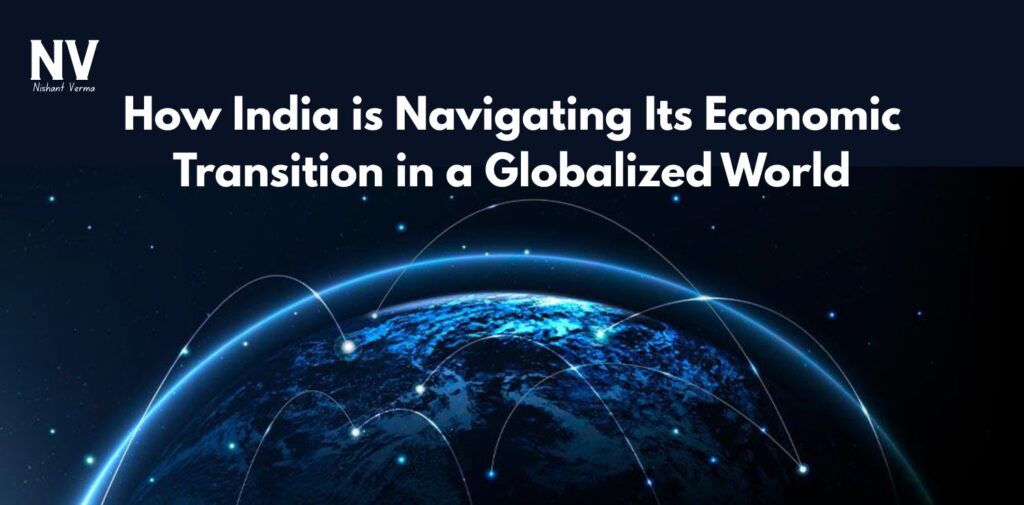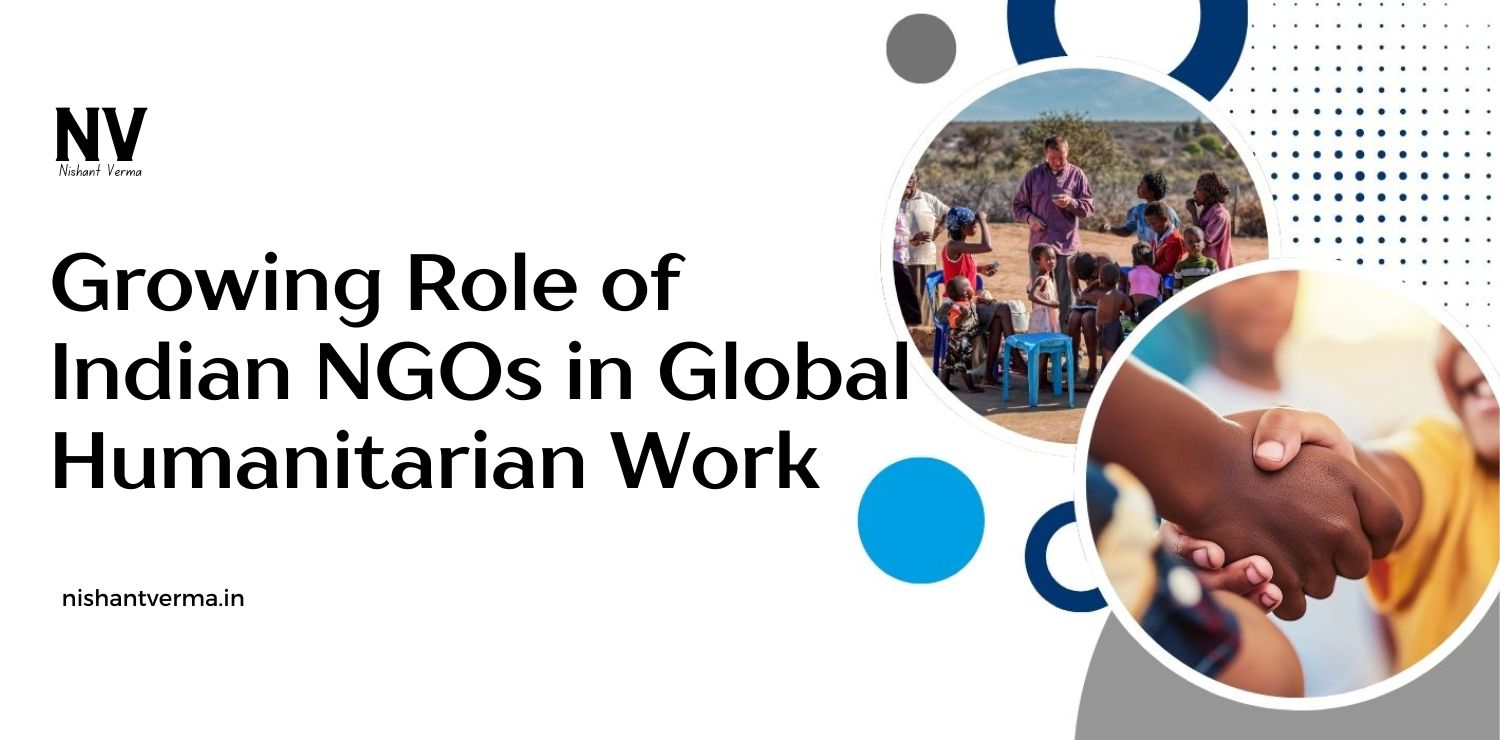India, with its rich history, diverse culture, and dynamic population, is now one of the fastest-growing economies in the world. As the world becomes more interconnected, India is adapting to the challenges and opportunities that come with globalization. Its economic transition is a delicate balance between maintaining traditional strengths and embracing modern innovations. In this article, we’ll explore the India economic transition in a globalized world, its key strategies, and the road ahead in this ever-changing global landscape.
The Shift to a Knowledge-Driven Economy
One of the most significant aspects of India’s economic transition is the shift from being primarily a manufacturing-based economy to one that is increasingly focused on services, especially in the knowledge sector. Over the last two decades, India has witnessed the growth of its information technology (IT) sector, which has become a backbone of its economy. Major cities like Bengaluru, Hyderabad, and Pune are now global hubs for IT services, with companies providing software solutions and outsourcing services to countries all over the world.
This transition has been fueled by a young, tech-savvy workforce and a large pool of engineers and professionals who are skilled in fields like software development, data analytics, and artificial intelligence. India’s success in the IT sector has not only contributed significantly to GDP growth but has also created millions of jobs and increased foreign exchange reserves through exports.
However, to remain competitive, India is focusing on enhancing its digital infrastructure, improving access to technology, and investing in education to ensure that its workforce is equipped for the future. The government’s push for “Digital India” and initiatives like “Startup India” reflect the country’s ambition to strengthen its digital economy and nurture innovation.
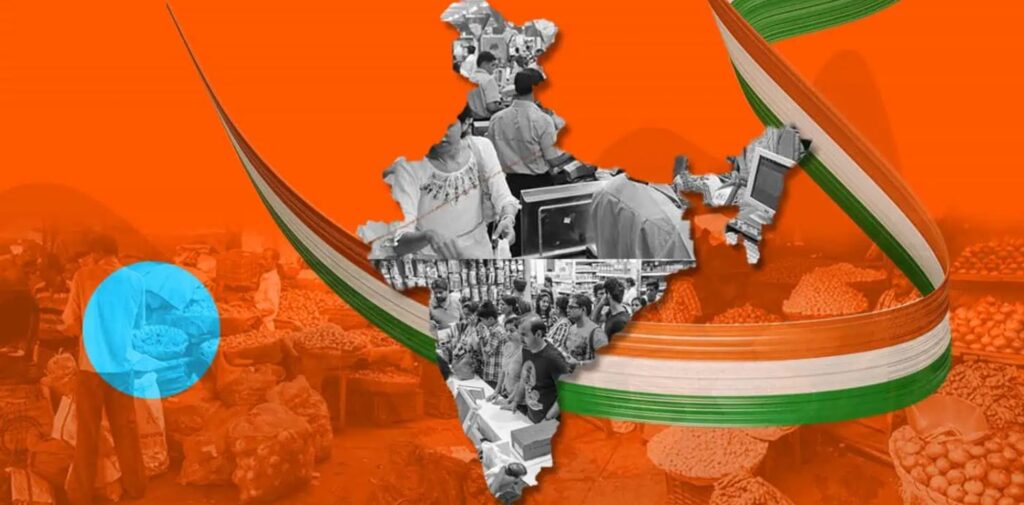
The Rise of the Indian Consumer Market
India’s rapidly expanding middle class is another key factor driving the country’s economic transition. With a population of over 1.4 billion, India represents one of the largest consumer markets in the world. Rising disposable incomes, urbanization, and access to technology are reshaping consumer behavior and driving demand across a variety of sectors, including retail, real estate, automobiles, and entertainment.
The growing purchasing power of India’s middle class is making it an attractive market for both domestic and international companies. Brands from across the globe are eager to tap into the Indian market, leading to increased competition and innovation in various industries. This also presents challenges for businesses in terms of catering to a highly diverse population with varied preferences and needs.
As consumer behavior evolves, there is a noticeable shift towards more sustainable and ethical consumption patterns. This has led to the growth of e-commerce platforms, digital payments, and other services catering to modern-day demands. The rise of the “Indian consumer” has become a central pillar of the country’s economic future, with companies looking to cater to both traditional and modern needs.
Reforming Infrastructure and Investment
Infrastructure plays a crucial role in supporting economic growth, and India is making significant strides in modernizing its infrastructure. The government has launched several initiatives aimed at building world-class infrastructure across the country. Programs such as the Smart Cities Mission, Bharatmala Project (for road development), and Sagarmala (for port modernization) are transforming the country’s urban and rural landscapes.
In addition to physical infrastructure, India is also focusing on improving its institutional infrastructure. Reforms in areas like taxation (the Goods and Services Tax or GST), bankruptcy laws, and ease of doing business have helped make the country a more attractive destination for foreign investment. India’s regulatory framework has become more transparent, which is vital for encouraging both foreign direct investment (FDI) and domestic investments.
The government’s push for sustainable infrastructure development is also gaining momentum. With the increasing global focus on climate change, India is investing in renewable energy projects, electric vehicles, and green infrastructure to meet environmental goals while promoting economic growth. India’s ambitious renewable energy targets, including the installation of 500 gigawatts of renewable energy capacity by 2030, highlight its commitment to a green future.
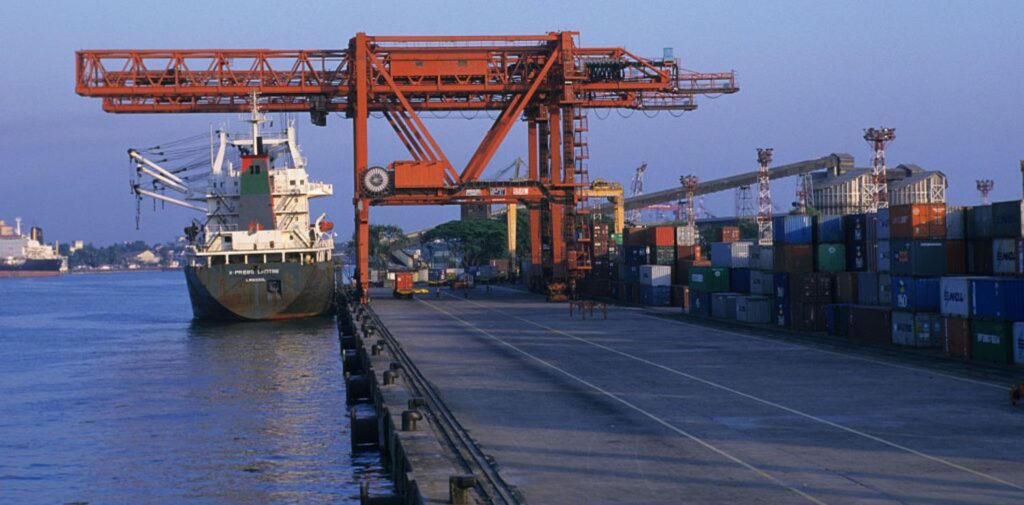
Global Trade and India’s Role in the World Economy
India’s role in global trade is evolving rapidly as it seeks to strengthen its presence in international markets. As a member of the World Trade Organization (WTO), India has been advocating for a more equitable trading system, especially for developing nations. The country is working to diversify its trade partnerships, seeking new markets in Africa, Southeast Asia, and Latin America.
The country’s trade policies have undergone significant changes to promote exports, and it is making efforts to reduce its dependence on imports, especially from countries like China. The government has focused on “Make in India,” an initiative aimed at boosting domestic manufacturing and creating a robust supply chain for exportable goods. By encouraging foreign companies to set up production facilities in India, the country is also creating job opportunities and enhancing its manufacturing base.
India is also a part of several regional and bilateral trade agreements. Its participation in the Regional Comprehensive Economic Partnership (RCEP) and the Indo-Pacific Economic Framework (IPEF) has opened new doors for trade and investment. However, the government remains cautious about entering agreements that could harm domestic industries and jobs, especially in agriculture and small-scale manufacturing.
Addressing Socio-Economic Disparities
While India’s economic transition is impressive, it must also address the issue of socio-economic disparities. India remains one of the most unequal countries in the world, with a significant gap between the rich and poor. A large portion of the population, particularly in rural areas, still lives below the poverty line. The benefits of India’s economic growth have not been equally distributed, and there is a need for policies that ensure that growth is inclusive.
The government has launched various welfare schemes like the Pradhan Mantri Jan Dhan Yojana (financial inclusion), Ayushman Bharat (health insurance), and Swachh Bharat (sanitation) to help uplift marginalized communities. These initiatives are aimed at improving access to basic services and creating more opportunities for those at the lower end of the socio-economic spectrum.
Additionally, rural development is an ongoing priority, with efforts focused on improving agriculture, providing better infrastructure, and creating non-farming job opportunities to reduce dependence on agriculture. The growth of digital technology also presents an opportunity to bridge the urban-rural divide by providing better access to education, healthcare, and financial services.
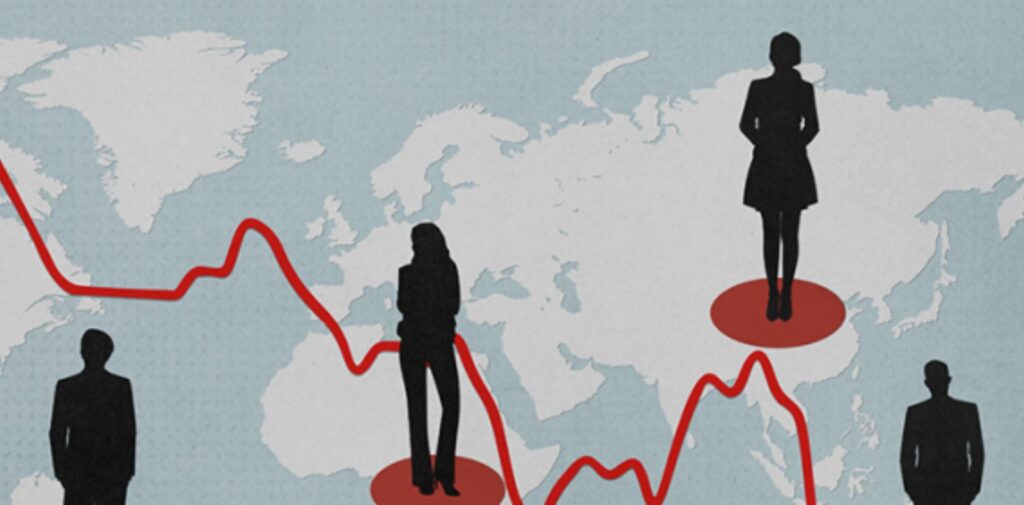
Looking Ahead: India economic transition
India’s economic transition is still a work in progress, and the country faces several challenges. The global economic environment is constantly shifting, with factors like geopolitical tensions, climate change, and technological disruption influencing trade and investment. Domestically, India faces the task of managing inflation, unemployment, and the informal economy, which continues to be a significant part of its workforce.
However, the country also has numerous opportunities to build on its current momentum. By continuing to invest in infrastructure, technology, and human capital, India can strengthen its global position. The growing digital economy, youth population, and expanding middle class offer significant potential for future growth.
India’s economic journey is one of transformation, adaptation, and resilience. As the country navigates its path in a globalized world, it must strike a balance between embracing modernization and ensuring that the benefits of growth are felt by all its citizens. If done right, India’s economic future looks incredibly promising, and its role on the global stage will continue to rise.
In conclusion, India economic transition in a globalized world is a complex but exciting process. While challenges remain, the country’s innovative spirit, vast potential, and strategic policies position it to thrive in the coming decades.

